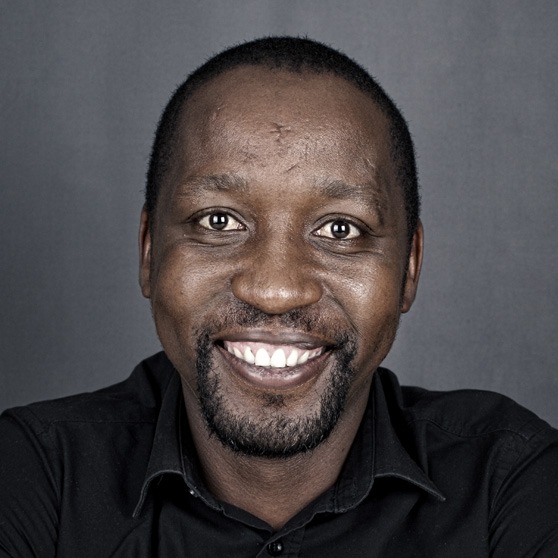Seacom bumps up IP network to 100Gbps
Seacom, a fibre-led telecoms provider and owner of ICT infrastructure across Africa, has announced a 100Gbps upgrade for its internet protocol (IP) network.
In a statement today, the company says this investment will allow internet service providers (ISPs), content delivery networks (CDNs), global and African providers to leverage Seacom’s network infrastructure to access the increased flexibility, scalability and capacity this upgrade will enable, and will also benefit downstream connected business and internet end-users in the region.
The upgrade comes as more submarine cables are expected to land on the African continent to boost connectivity.
This, as Africa’s appetite for internet services has been on the increase, spurred by trends like video streaming as well as the uptake in cloud computing services.
Last month, the 2Africa consortium comprising China Mobile International, Facebook, MTN GlobalConnect, Orange, stc, Telecom Egypt, Vodafone and WIOCC announced the addition of a new segment – the 2Africa PEARLS branch – extending to the Arabian Gulf, India and Pakistan.
The new 2Africa branch joins recently announced extensions to the Canary Islands, the Seychelles, Comoros Islands, Angola, and a new landing to south-east Nigeria.
Once complete, the Google-funded Equiano submarine cable will start in Western Europe and run along the West Coast of Africa, between Portugal and South Africa, with branching units along the way that can be used to extend connectivity to additional African countries.
According to Google, the first branch of the Equiano cable is expected to land in Nigeria.
Seacom launched the first submarine cable system on the East Coast of Africa in July 2009. In 2014, it pioneered 10Gbps IP transit routers, and in 2018, it began the planning that would be required to improve SA’s network infrastructure with 100GE capabilities.
The company notes the increased capacity of 100Gbps equipment reduces the cost and complexity associated with procuring and maintaining multiple 10Gbps ports and also simplifies load balancing through the flexibility of having 10 times more bandwidth per port.
It adds that network providers will be able to add more customers, expand their networks, or reconfigure traffic flows without disrupting network traffic or incurring multiple cross-connecting fees.
Seacom points out its global IP telephony service provides resilient, low latency internet connectivity on the company’s native IPv4/IPv6 carrier-grade IP network.
It provides connectivity to tier one partner global networks and access to on-net CDNs hosted in Seacom’s cable landing stations. The service availability is achieved through meshed east and west subsea cable systems, including protected terrestrial backhaul routes.
Seacom claims it is among the first in SA to implement this upgrade, and additional upgrades are planned for other African regions in the coming months.
Nicole Labuschagne, general manager of the service provider team at Seacom, says: “As internet expansion on the African continent continues to accelerate, together with the rapid adoption of video streaming and cloud services by African business and consumers, network, content and cloud providers are seeing a surge of bandwidth across their backbone and access networks.
“Seacom’s upgrade to 100GE technology on its network allows these providers to meet this large demand efficiently and with ease. We want to ensure by progressing to the 100GE level that Africa and our customers keep pace in an ever-digitised 4IR [fourth industrial revolution] world, and we hope to see 100GE becoming the industry standard in the near future.
“Seacom’s goal has always been to provide Africa with an enabling ICT environment that spurs innovation and enables more businesses and customers to participate in today’s digital economy. The internet is disruptive by nature and improving our network capabilities will ensure Africa continues to accelerate into a digital future.”
